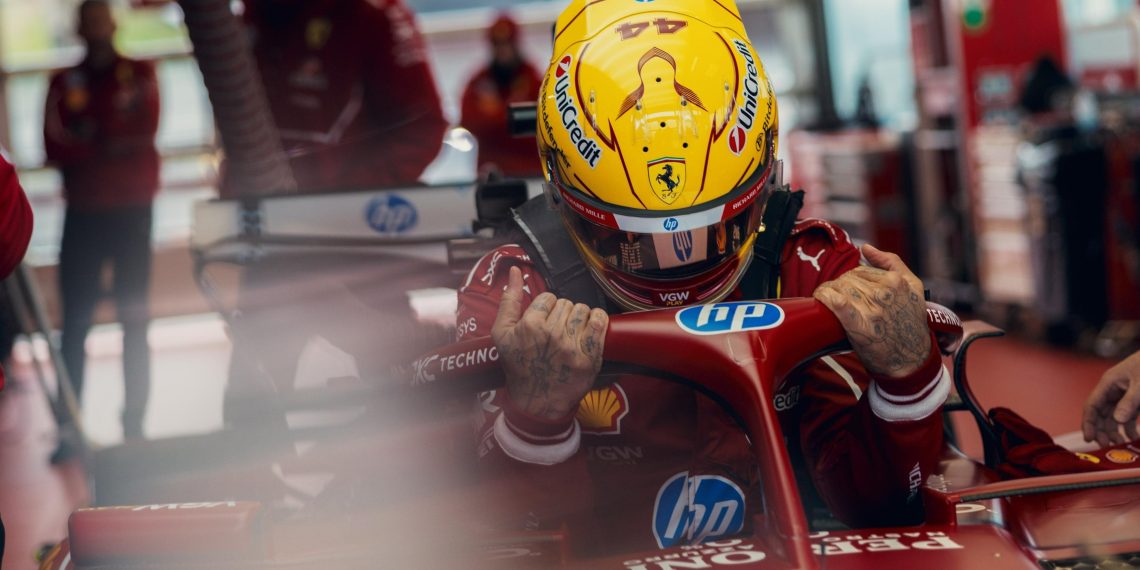The ongoing evolution of Formula 1 cars is a complex dance of aerodynamics, engineering and driver comfort. One of the critical aspects is the cockpit’s position, which can significantly impact a driver’s confidence and performance on the track. For Lewis Hamilton, this has been a point of contention in recent years.
In the current generation of Ground Effect F1 cars, creating a vehicle that inspires driver confidence has become crucial. The increased ride height sensitivities and the necessity to handle a car whose downforce and balance alter through the multiple stages of a corner require the driver to be completely in sync with their vehicle.
A host of adjustable elements can help a driver find their sweet spot in the car. However, once the technical department signs off the car, the cockpit position becomes a fixed feature. This positioning is crucial for two reasons – it plays a role in controlling the aerodynamic wake off the front tyres and their interaction with the underfloor’s leading edge, and it also impacts the driver’s perception of the car’s movements.
In recent years, Hamilton, during his stint at Mercedes, expressed dissatisfaction with the cockpit position. He felt that during the first two seasons of the latest ground effect era, the cockpit was too close to the front wheels, making it challenging to predict the car’s movements compared to when the cockpit is located more centrally.
Mercedes attempted to rectify this issue last season, making tweaks that provided some relief to Hamilton. However, the team’s technical director, James Allison, felt that Hamilton’s complaints were more indicative of an ill-handling car rather than the cockpit position being the root cause.
As Hamilton moves to Ferrari, he will be pleased to learn that the team has made some adjustments for the 2025 season, increasing the distance between the cockpit and the front wheels. This change aligns with Hamilton’s preferences, providing a more comfortable and controlled driving experience. The team achieved this by increasing the distance between the front axle and the cockpit by approximately 2.5cm and shortening the gearbox casing to keep within the maximum permitted wheelbase.
Although this change may seem minor, it could prove significant for Hamilton, given his previous issues at Mercedes. Ferrari’s tweak is likely driven by technical reasons, including better control of front wheel wake and easier packaging of the front suspension, pedals, and brake master cylinders.
Ferrari’s chassis technical director, Loic Serra, explained that the change aimed to find extra room that could be exploited by the team’s aerodynamicists to boost the car’s performance. But he also stressed the importance of driver comfort and feedback for overall progress. According to Serra, the most valuable driver feedback is describing the car’s limitations on the track and what it needs to go faster.
Ultimately, whether these changes will translate into better performance for Hamilton remains to be seen. However, it is clear that even minor tweaks can have a significant impact on a driver’s confidence and their perception of the car’s performance. As the 2025 season unfolds, Hamilton and his fans will undoubtedly be keenly watching how these changes play out on the track.










